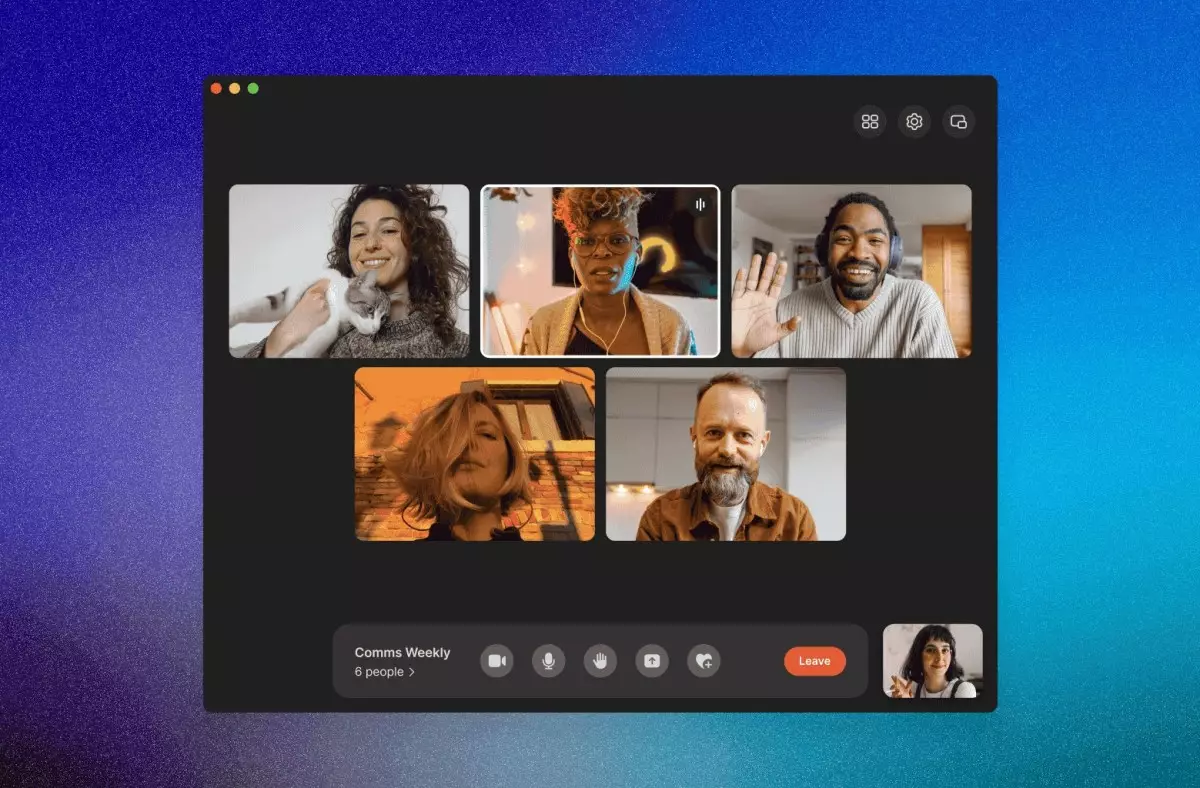In the ever-evolving landscape of digital communication, privacy remains a paramount concern for many users. Signal, a messaging app renowned for its commitment to user privacy, has recently announced a significant update to its video calling capabilities. Aiming to carve out a niche in a saturated market that includes heavyweights like Zoom, Google Meet, and Microsoft Teams, Signal is introducing a suite of fresh features designed to enhance the user experience and foster seamless connectivity.
One of the standout features of this update is the new “Calls” tab, which consolidates various call-related functions into one accessible location. This strategic design allows users to initiate calls, manage call links, and review their calling history efficiently. By enabling users to create reusable links for calls, Signal mimics some of the functionalities offered by its competitors. Such links can significantly streamline meeting setups, allowing for quick sharing rather than assembling a group each time a call is scheduled—facilitating a smoother user experience akin to what many have come to expect from platforms like Google Meet and Zoom.
The update doesn’t just stop at link sharing; it introduces a range of user-friendly management features. Call organizers can name meetings, manually control who joins, and even remove participants if necessary. This level of control is particularly beneficial in professional settings where meeting dynamics can affect productivity. Additionally, a hand-raising option allows participants to indicate when they have questions, promoting organized interactions and minimizing disruptions—an intelligent adaptation that enhances courteous communication during video calls.
For those using Signal on desktops, the introduction of various viewing modes, including grid, sidebar, and speaker views, enriches the overall video conferencing experience. This flexibility in presentation caters to different user preferences, thereby improving engagement during calls. The platform’s support for group video calls with up to 50 participants reflects a keen understanding of current collaboration trends, setting it apart from competitors like WhatsApp, which has only recently expanded its own video capabilities with similar features.
In a recent blog post, Signal articulated its commitment to providing a secure communication platform amidst shifting communication norms. The company states, “As communication norms change, Signal’s promise of a private place to communicate stays the same.” This philosophy not only emphasizes their staunch dedication to privacy but also positions Signal as a reliable alternative as more users seek secure tools for both personal and professional communication.
As Signal rolls out these updates across its iOS, Android, and desktop applications, it demonstrates a clear intention to compete aggressively with established video conferencing services. By fusing robust privacy features with practical solutions for virtual communication, Signal is poised to capture the attention of users increasingly conscious of their digital privacy while seeking versatile, user-friendly communication tools.

